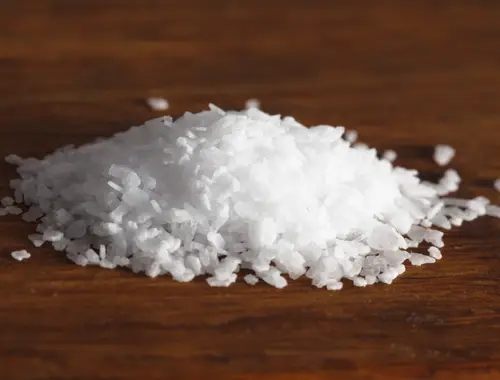
What is Kosher Salt?
Kosher salt refers to salt used in the Jewish religious practice where meat is dry-brined- a practice known as koshering. This point clears the misconception that its name is derived as a result of its production method under Jewish religious practice.
Kosher salt is a type of food-grade salt gotten after the vacuum crystallization of treated saturated brine solution. In this process, the saturated brine is put in a vacuum pan to remove calcium and magnesium impurities present in the brine. While in the vacuum pan, the saturated brine is steam-heated multiple times until it crystallizes.
Kosher salt can also be gotten through the Alberger process which produces granulated salt crystals. In this process, saturated brine is used without being treated.
Texturally, kosher salt is coarsely flaky-grained and has fine crystals.
Unlike other types of salt, kosher salt does not contain iodine or any other mineral but solely made of sodium chloride (NaCl). Most of the time it doesn’t contain minerals such as iodine, or anti-caking or anti-clumping agents. On the other hand, iodized table salts are fortified with iodine, which is an essential mineral that plays a critical role in thyroid health and hormone production.
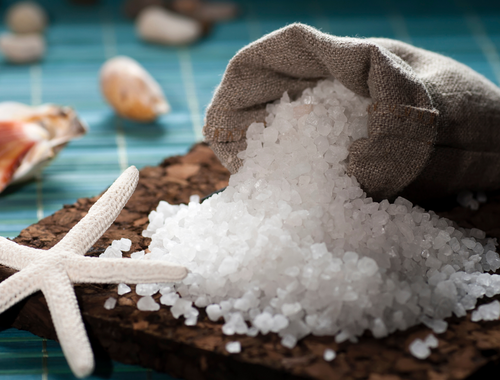
What is Sea Salt?
Sea salt is harvested when seawater is evaporated and crystalized in salt ponds with the aid of sunlight and wind.
Contains potassium, magnesium, calcium, manganese, iron, and zinc. These minerals add an extra flavor to food and determine the health potential of the sea salt. It is important to highlight that the method of evaporation and crystallization adopted determines the mineral composition, taste, health functions, and quality of the sea salt.
When sea salt is produced using a mixture of old and new seawater during evaporation in natural sunlight and wind, it is tagged as “manufactured sea salt” whereas, when it is gotten from the evaporation of new seawater under the same condition, it is called “cube natural sea salt” which has the right amount of Magnesium and other essential minerals in the right proportion.
Consumption of cube natural sea salt through diet can prevent magnesium deficiency which can result in obesity and other metabolic syndromes associated with it.
Sea salt, when combined with xylitol and lysozyme in mouthwash and used daily as an oral hygiene practice reduces the bacterial load of Streptococcus mutans.
Neither sea salt nor kosher contains enough iodine for the synthesis of thyroid hormone unless if the label says fortified with iodine.
Similarities between kosher salt and sea salt
Consumption:
Both kosher salt and sea salt are edible.
Sodium content:
Kosher salt and sea salt have the sodium content. Unlike other types of salt, kosher salt does not contain iodine or any other mineral but solely made of sodium chloride (NaCl). On the other hand, iodized table salts are fortified with iodine, which is an essential mineral that plays a critical role in thyroid health and hormone production.
Sodium reduction:
Kosher and sea salt takes a longer time to dissolve due to their large crystal size. This means that when compared to table salt, a lesser quantity of both kosher and sea salt will be used to achieve the same salty taste in food.
This is because a high intake of salt (NaCl) has been a risk factor for the development of diseases like hypertension, and stroke.
Iodine content:
Neither kosher salt nor sea salt contain iodine which the human body needs for the synthesis of thyroid hormone. Therefore, look for the label that says iodized.
Frequently Asked Questions
What are the similarities and differences between table salt and sea salt?
Sea salt and iodized salt contain iodine, and both can be used as food-grade salt for human consumption. The iodine content of sea salt is not enough (less than five micrograms {μg} per teaspoon) to meet the daily needs of the human body. Iodized salt, on the other hand, has been fortified with iodine in line with government regulations and it contains about forty-five micrograms (45 μg) of iodine per gram of salt.
What is similar to kosher salt?
In terms of crystal size which affects its dissolution rate and sodium content, sea salt is similar to kosher salt.
What is the difference between sea salt and iodized salt?
Sea salt is gotten through wind and solar evaporation of seawater while iodized salt is gotten from the seawater through an ion (sodium ion and chloride ion) exchange membrane electrodialysis process and fortified with iodine. Some iodized salt can also be mined and refined before fortification with iodine to be used as a food-grade salt.
Is kosher salt the same as sea salt?
No, kosher salt is not the same as sea salt. Kosher salt refers to salt used in the Jewish religious practice where meat is dry-brined- a practice known as koshering while sea salt is harvested when seawater is evaporated and crystalized in salt ponds with the aid of sunlight and wind.
Why use kosher salt instead of sea salt?
It could be a result of personal preference or medical reasons. For instance, an individual may decide to use sea salt due to the presence of trace minerals like magnesium instead of kosher salt whose magnesium content has been removed during the production process.
How do I convert kosher salt to sea salt?
Kosher salt cannot be converted to sea salt due because they have different production pathways.
Which is better for you, kosher salt or sea salt?
It depends on personal preference.

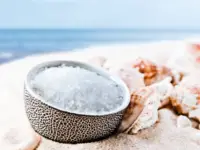
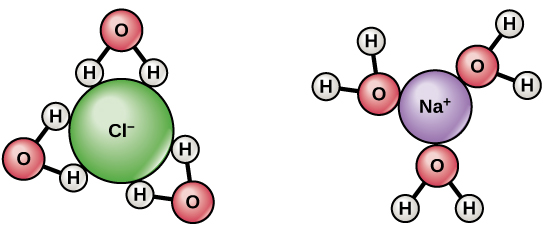

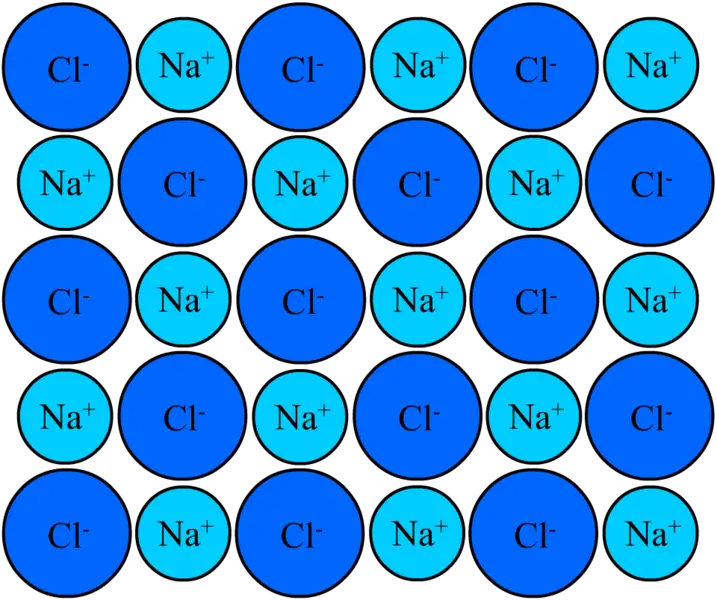







Leave a Reply